In light of recent weather events, we’re all too aware of the impact climate change has on human beings. Here’s how exactly the climate is affecting current extreme weather, and how climate change is affecting us in other scary ways — both in the moment and in the long term.
4 Scary Ways That Climate Change Affects Us Right Now
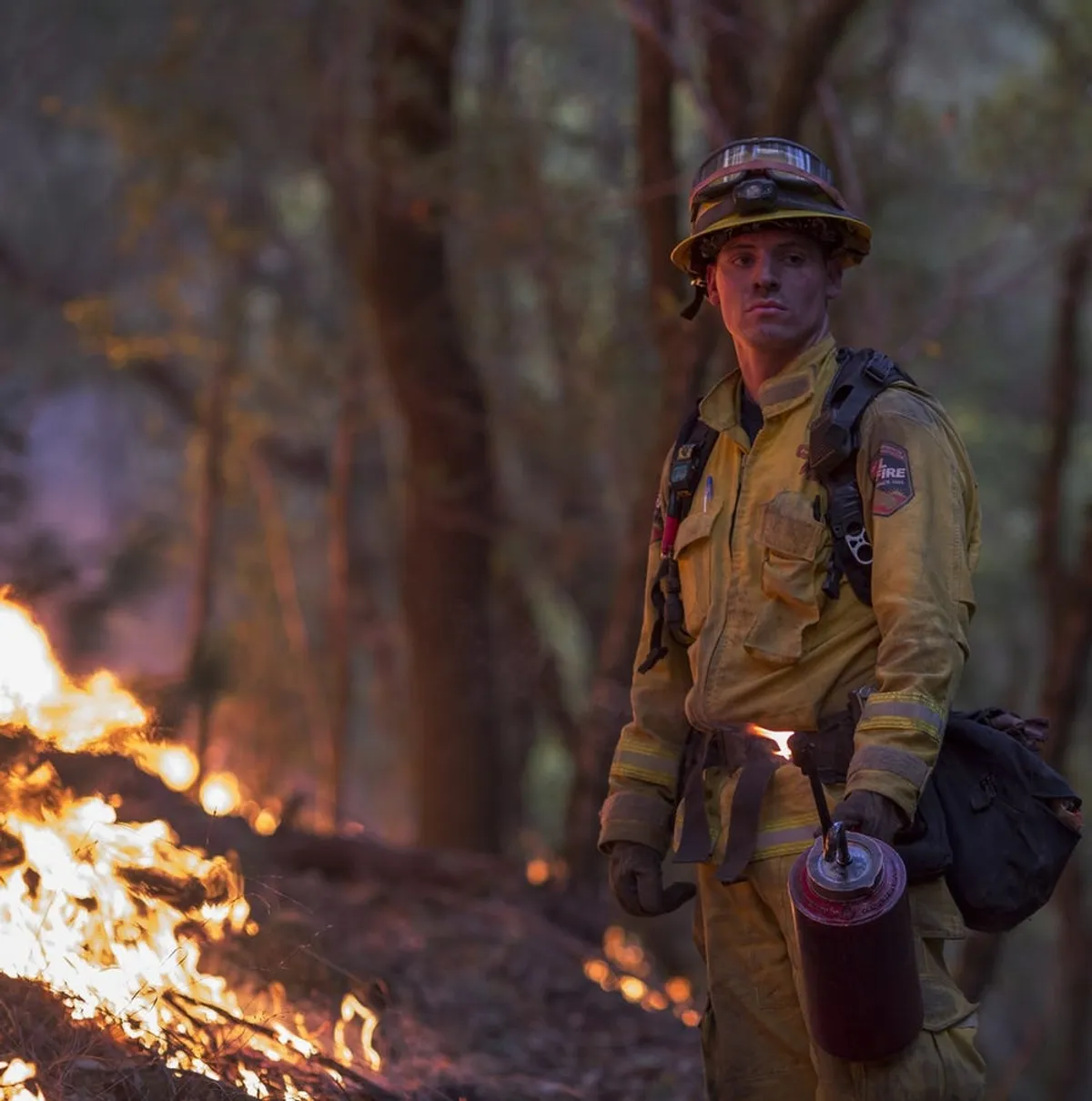
By now, climate experts are in agreement that climate change is not only real and harming the planet, but that it’s driven by humans — and, that climate change affects us right now. Further, much of the harm caused by changes in the climate is caused by the United States, the second-ranking contributor of CO2 emissions, trailing only China. Burning up fossil fuels and chopping down forests are among the top human-created contributions to climate change, which has negative impacts all over the globe as well as here at home, where wildfires, hurricanes, crop devastation, and pollution in urban cities are wreaking dangerous havoc.
In the last few months alone, California has seen one of the worst fires in the state’s recorded history, multiple hurricanes have left millions without water, power, and homes, and nearly entire crops of fruit have been destroyed. Here’s a look at some of the ways that climate change has recently hit very close to home.
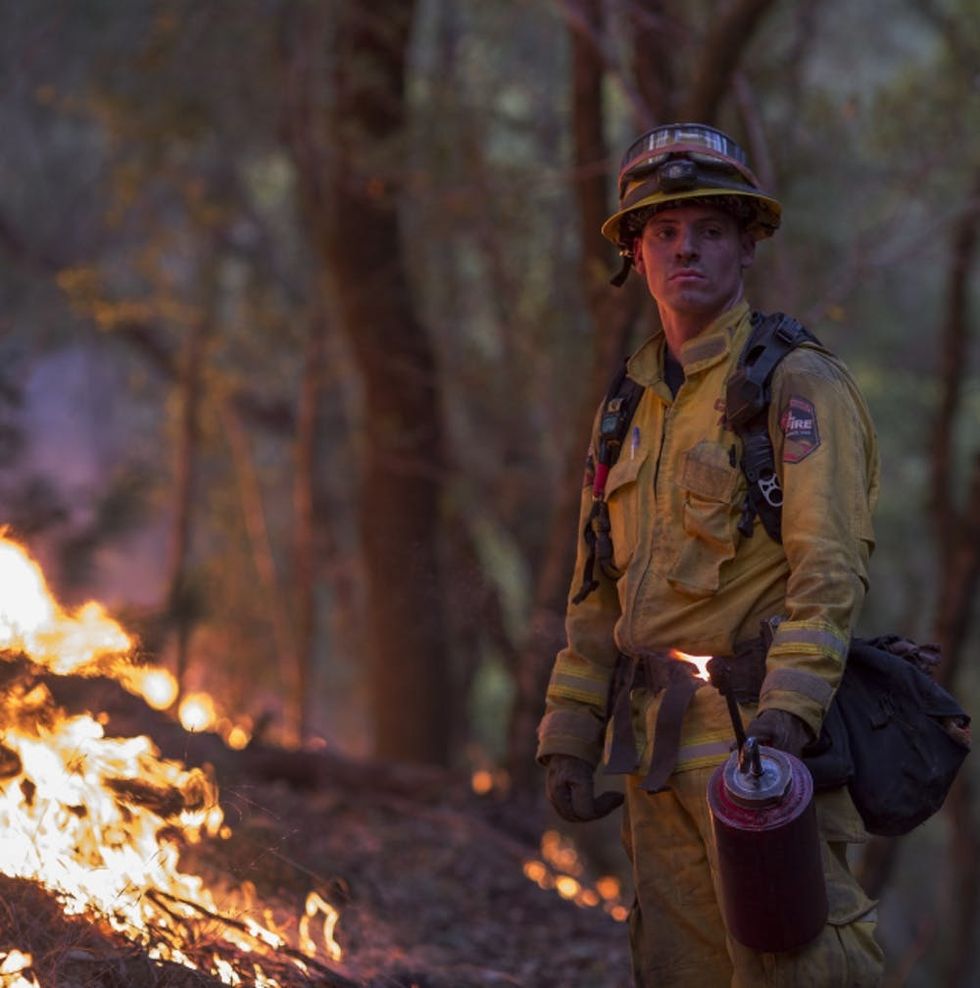
wildfires
Firefighters in northern California have been working for days to squelch the devastating and record-breaking wildfire that has so far killed at least 40 people, according to the Los Angeles Times. Dozens more people have been reported missing.
According to Scientific American, there are several climate factors at play when it comes to wildfires. One of the more obvious is an increase in temperature. When temps go up, vegetation dries up and becomes much easier to set on fire if lightning strikes, or for human-built fires to spread.
Speaking of lightning: There’s more of that these days thanks to climate change as well. As Scientific American explains, lightning is more likely under warmer conditions, and lightning strikes in the US could go up by 12 percent for every one degree Celsius the temperature rises.
Wildfire seasons are also growing as temperatures rise. The longer it’s warm and dry outside, the more time there is for dangerous fires to form. Specifically, in California, climate change could also be contributing to wind patterns, which can exacerbate existing fires once they’ve started, according to Scientific American. A separate report for Scientific American states that strong winds and months of higher-than-usual temperatures were direct factors in the devastating fire that’s still burning in northern California.
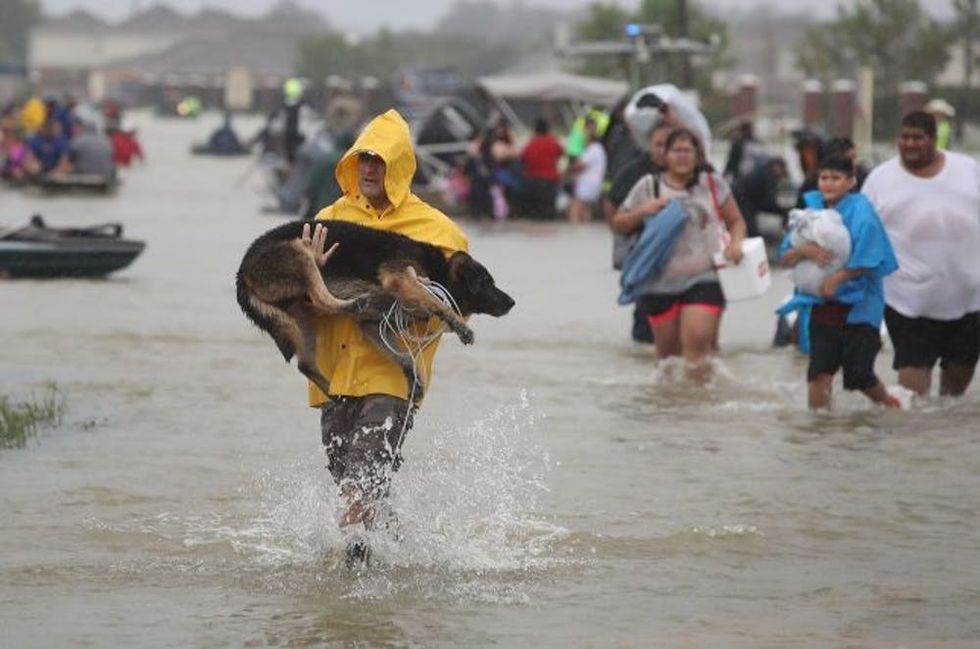
hurricanes
Parts of the United States and the Caribbean are experiencing a massive humanitarian crisis following several powerful hurricanes that have caused devastation in Houston, southern Florida, Puerto Rico, and the US Virgin Islands, among other islands. The island of Barbuda has been rendered uninhabitable because of damage from hurricane Irma. Hurricanes Harvey, Irma, and Maria came 12 years after hurricanes Katrina and Rita, the damage from which Gulf states and other regions are still recovering.
Scientists say that this especially destructive hurricane season was caused at least in part by climate change, National Geographic reports. Warmer than usual surface sea level temperatures combined with unchanged wind speeds between the sea level and 10 miles above have produced the conditions necessary for massive storms to form in the Atlantic Ocean this year. Though experts have noted the ways climate change is making some hurricane seasons much more active, scientists can’t necessarily predict how catastrophic (or not) future seasons might be.
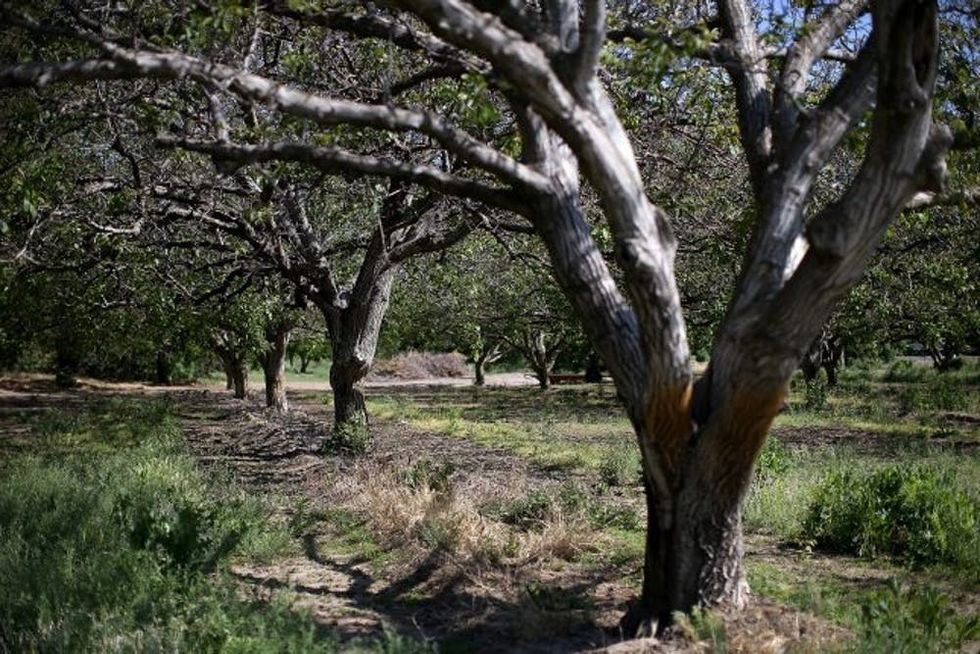
crop loss
Climate change is also presenting significant challenges for food production in the US. This season, Georgia’s peach crop suffered a major loss due in part to an unseasonably warm winter. In order for peach crops to grow, they need to have a sustained period of cooler temperatures, which never came to Georgia this year. The result is a crop loss of about 85 percent, according to the Atlanta Journal-Constitution.
South Carolina also saw similar losses in its peach crop, plus a deep-freeze in March wiped out blueberry plants in both Georgia and South Carolina, and some Wisconsin farms lost significant portions of their strawberry and other crops. These losses are directly linked to ongoing climate changes, according to Allison Chatrchyan, director of the Cornell Institute for Smart Climate Solutions.
“When we talk to farmers, they’re already experiencing the impacts of climate change” on crops, Chatrchyan tells Brit + Co. She adds that she expects challenges facing farmers to only get worse over time, as different regions in the US face different types of problems, ranging from flooding to higher temperatures not conducive to growing.
In short: Farmers will be less able to grow the amount of food necessary to keep up with global demands. Some parts of the world, including the Middle East and some African nations, have already been experiencing both food and water scarcity due to climate change. According to a 2016 study led by Oxford University scientists, more than 500,000 people are predicted to die globally because of food scarcity by 2050.
We’re not immune to these challenges. In an interview with Live Science earlier this year, doctor and Harvard researcher Dr. Sam Myers explained, “There will be impacts on the quantity, quality, and location of the food we produce,” as climate changes continue.
There’s crossover between crop loss and other disasters connected to climate change. The fire in northern California has wiped out miles of vineyards. CBS reports that more than 30 vineyards (perhaps as many as 90) have been destroyed or partially destroyed so far by the wildfires. Fortunately for growers, the vast majority of the grape crop was harvested by the time the fires began, so some experts say the fallout for wine production won’t be so bad. However, the damages sustained will be very costly to individual vineyards and those who depend on them for their livelihood.
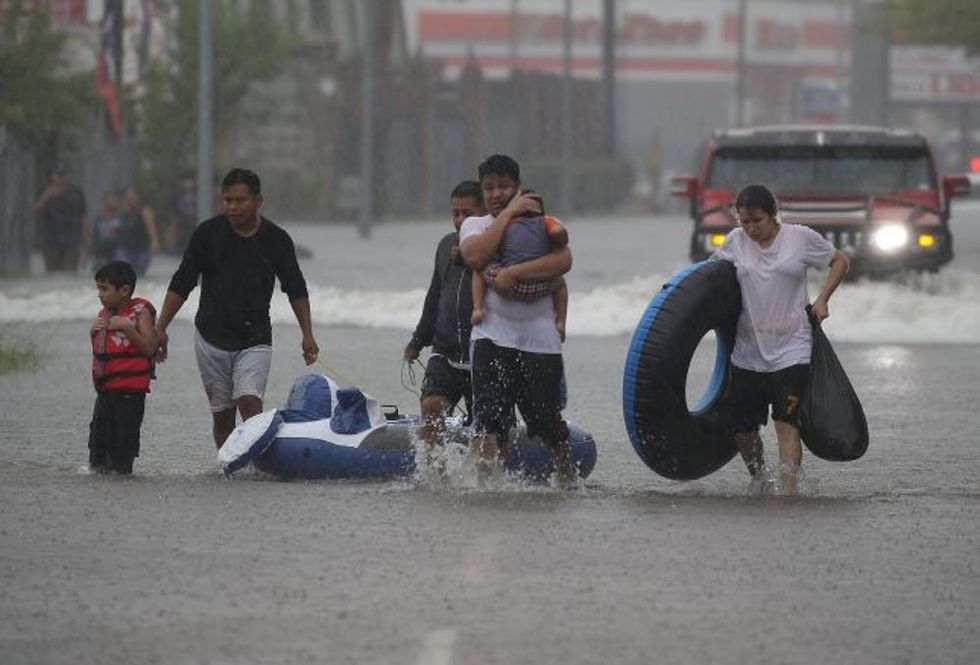
urban impacts
There’s also the impact of climate change on urban cities to consider. Globally, four in five people who live in cities are living with over-pollution. This is evident even in major American metropolises such as Los Angeles, where there are frequent smog advisories.
In a 2014 study published in the journal Health & Place, Harvard researcher Joyce Klein-Rosenthal concluded that poorer areas of large cities tend to be warmer than wealthier neighborhoods, even within the same cities. Klein-Rosenthal told TIME in 2014 that poor neighborhoods can be hotter than more affluent ones in part because poor areas tend to have fewer trees, and also are likelier to have more buildings made of materials that retain heat. Combined with a lack of access to proper cooling for homes in poor neighborhoods, poor people in urban cities are more susceptible to heat-related deaths.
US cities are also the most susceptible to flooding, according to CNN. In a 2017 report, the Union of Concerned Scientists listed hundreds of cities, including New York, San Francisco, and Miami, that may be uninhabitable in coming decades due to rising sea levels. Flooding is also a major concern for poor, urban communities. In cities such as Houston, poor communities of color have been consistently hit the hardest by flooding and hurricanes.
These issues are also leading to further gentrification in some cities. Hugh Gladwin, a professor of anthropology with Florida International University, told the Guardian that rising sea levels are already a cause of gentrification in Miami. In the wake of the damage to expensive coastal properties in Miami from hurricane Irma and other storms, the Guardian reports that real estate investors are already looking to build in Little Haiti and Liberty City, two neighborhoods that are predominantly black and poor.
Climate change has long been causing significant, additional challenges to many populations around the world, especially poor people and communities of color. From food production to housing, the pressing human aspect of climate change is only worsening. The threat has already been here for a long time, and as more people die and lose their homes and livelihood because of the changing climate, it’s vital for everyone to take action, however they can, to mitigate ongoing climate crises.
Though the problems are enormous, there are ways all of us can take steps to decrease our own impact. Minimizing the use of fossil fuels by car-pooling, using public transit, walking, or biking when possible is one way! Another is to cut down on red meat consumption; meat production not only uses a lot of fossil fuels, but the gas from the cows themselves are terrible for the atmosphere. It’s also worth it to give a call to your local representatives in government to see what they’re doing about climate change, and to encourage them to take actions that will help the environment and everyone who lives in it.
What are your thoughts? Tell us on Twitter @BritandCo.
(Photos via Joe Raedle + Justin Sullivan/Getty)



















